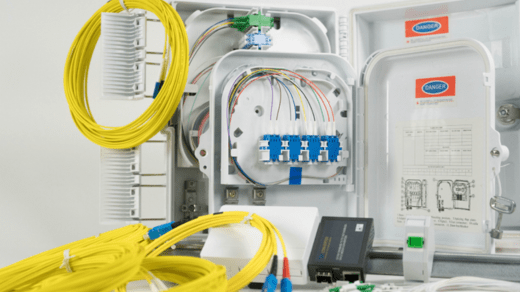how to price candles
Pricing candles involves considering various factors to ensure you cover your costs, make a profit, and remain competitive in the market. Here are steps to help you determine the appropriate pricing for your candles:
1. Calculate Costs:
- Start by calculating all the costs associated with making your candles. This includes the cost of wax, wicks, fragrance oils, dyes, containers, labels, packaging, and any other materials or tools you use. Don’t forget to account for overhead costs like utilities, equipment, and labor.
2. Determine Your Desired Profit Margin:
- Decide on the profit margin you want to achieve. This is typically a percentage of your total costs that represents your profit. For example, if you want a 50% profit margin, you’ll aim to sell your candles for twice the cost of production.
3. Research the Market:
- Look at similar candles in your target market to see what they are selling for. This will give you an idea of the price range that customers are willing to pay. Consider factors like candle size, quality, design, and scent when comparing prices.
4. Calculate the Wholesale Price:
- If you plan to sell your candles wholesale to retailers, determine a wholesale price that allows you to make a profit while offering retailers room to mark up the price for their customers. A common wholesale price is 50% of the retail price.
5. Consider Your Unique Selling Proposition (USP):
- Think about what sets your candles apart from the competition. If you offer something unique, like custom scents or hand-poured craftsmanship, you may be able to price your candles at a premium.
6. Factor in Packaging and Branding:
- The way you package and brand your candles can influence the perceived value. High-quality packaging and branding may allow you to charge a higher price.
7. Account for Marketing and Sales Expenses:
- Include marketing and sales expenses in your pricing strategy. This could involve costs associated with promoting your candles online, attending craft fairs, or running advertising campaigns.
8. Test Your Prices:
- Consider testing different price points to see how they impact your sales. You can gradually adjust your prices based on customer feedback and sales data.
9. Be Competitive but Don’t Undercut Yourself:
- While it’s essential to remain competitive, avoid underpricing your candles to the point where you’re not covering your costs or making a reasonable profit. Pricing too low can undermine your business in the long run.
10. Offer Value-Added Options: – Consider offering different candle sizes, bundles, or gift sets to appeal to a range of customers and price points. This can help increase your overall sales and revenue.
11. Monitor Costs and Prices Regularly: – Keep track of your costs and regularly review your pricing strategy. As your business grows or market conditions change, you may need to adjust your prices accordingly.
12. Factor in Taxes and Fees: – Don’t forget to account for taxes, fees, and payment processing costs in your pricing to ensure you’re covering these expenses.
13. Calculate Your Break-Even Point: – Determine the number of candles you need to sell at your chosen price to cover all your costs. This helps you understand your minimum sales target.
Remember that pricing can be a delicate balance. You want to offer value to your customers while ensuring your business remains profitable. Regularly assess your pricing strategy and be willing to make adjustments as needed to meet your financial goals and market demands.
Also Read:
https://fastspotter.com/how-to-remove-cap-from-betty-crocker-cookie-icing/
https://fastspotter.com/how-to-remove-chlorhexidine-stains-from-teeth-at-home/
https://fastspotter.com/how-to-remove-closet-door-finger-pulls/
https://fastspotter.com/how-to-remove-clutch-fork-pivot-ball/






